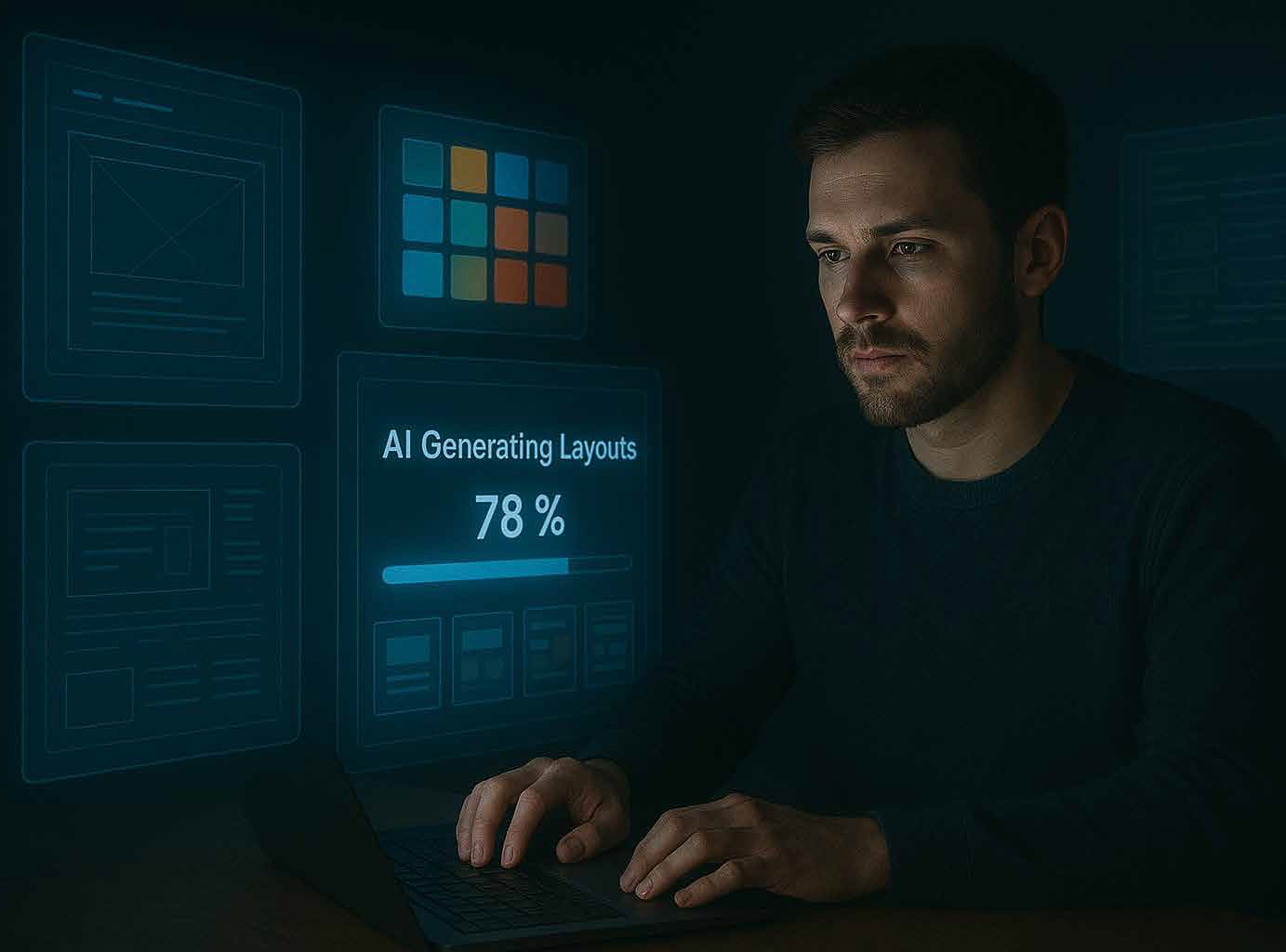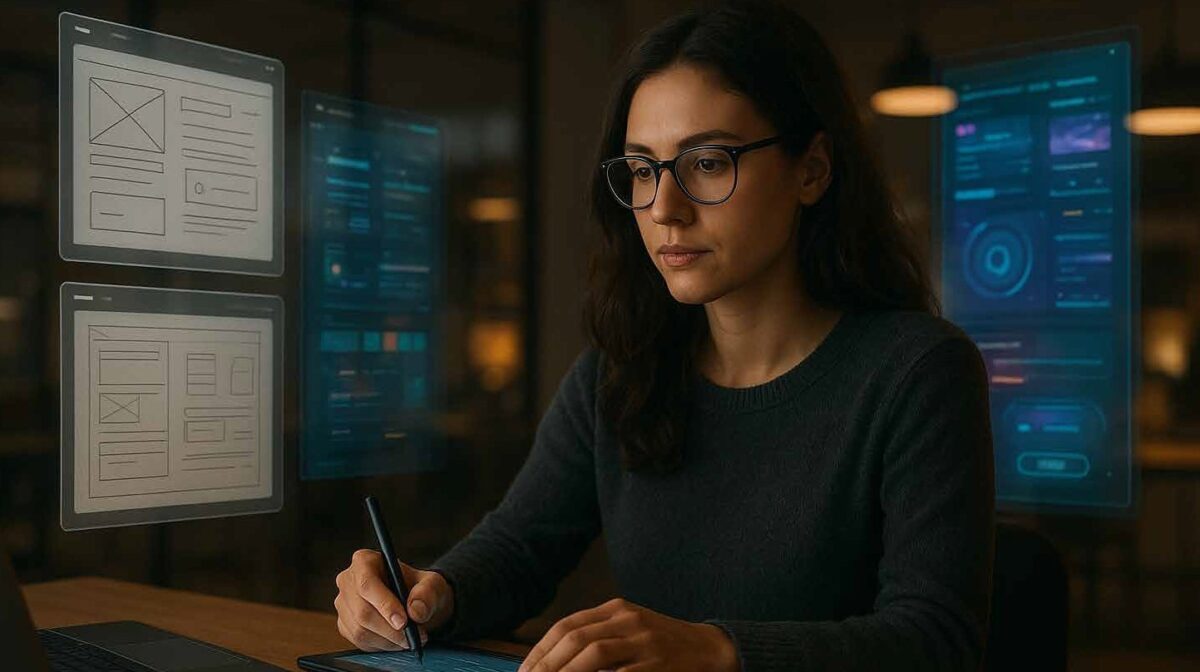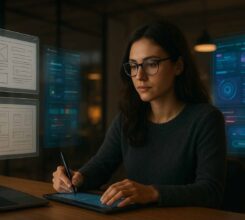A few years ago, art directors were immersed in fonts, colour palettes, and composition. Today, the conversation has shifted: they’re crafting AI prompts, curating generative outputs, and orchestrating visual systems that produce hundreds of concepts in minutes.
Design is evolving. The role of the designer is no longer just art direction — it’s becoming AI direction.
The Evolution of Visual Leadership
Traditional art direction was about guiding human talent to create a cohesive visual story. Designers relied on intuition, aesthetic judgment, and an understanding of visual hierarchy, motion, and typography to shape experiences that resonate.
Now, AI tools like Figma AI, Midjourney, DALL·E, Runway, and many more are part of the team. They generate endless variations of layouts, colour schemes, and visual motifs. The challenge has shifted: it’s no longer about creating visuals from scratch, but about curating and refining a visual vision at scale.
The Rise of the AI Director

Designers are becoming AI Directors — orchestrators of both human and machine creativity. This shift emphasises:
- Prompt Crafting: Translating design vision into AI-readable language.
- Visual Curation: Selecting outputs that align with brand, composition, and emotional impact.
- Hybrid Workflows: Combining AI-generated visuals with human refinement for depth and authenticity.
- Ethical Design: Ensuring outputs respect copyright, diversity, and cultural nuance.
It’s like conducting a visual orchestra: AI generates possibilities while designers guide the story.
Practical Examples in Visual Design

- Brand Identity: AI generates multiple logos, colours, and layout explorations while Designers refine and combine the strongest concepts.
- UX/UI Design: AI drafts wireframes and visual mockups, while designers iterate to ensure usability, accessibility, and brand alignment.
- Motion & Animation: AI suggests transitions, layouts, or compositions that designers then refine for storytelling impact.
In every case, AI amplifies creativity, but the designer’s eye ensures clarity, meaning, and emotional resonance.
Why Human Judgment Still Matters
AI can produce visuals fast, but it cannot replace:
- Empathy: understanding audience needs.
- Narrative cohesion: crafting stories that guide users visually.
- Aesthetic intuition: knowing what truly “feels right” in context.
The most successful designers will combine AI’s breadth with human depth.
Designing the Future
The next era of visual design will be about orchestrating intelligent systems, not just pixels. Designers will craft experiences by guiding AI, shaping visuals, and ensuring every output aligns with vision, ethics, and emotion.
The shift from art direction to AI direction doesn’t limit creativity — it expands it. Designers who embrace this role will define the next generation of visual storytelling.
Hence, visual sensibility is irreplaceable. AI can accelerate creation, but it’s the curation, intuition, and storytelling of designers that turn ideas into meaningful experiences.






